The Gruesome Stories Behind Famous Dead People's Long-Lost Body Parts (Photos)
Beethoven's death mask
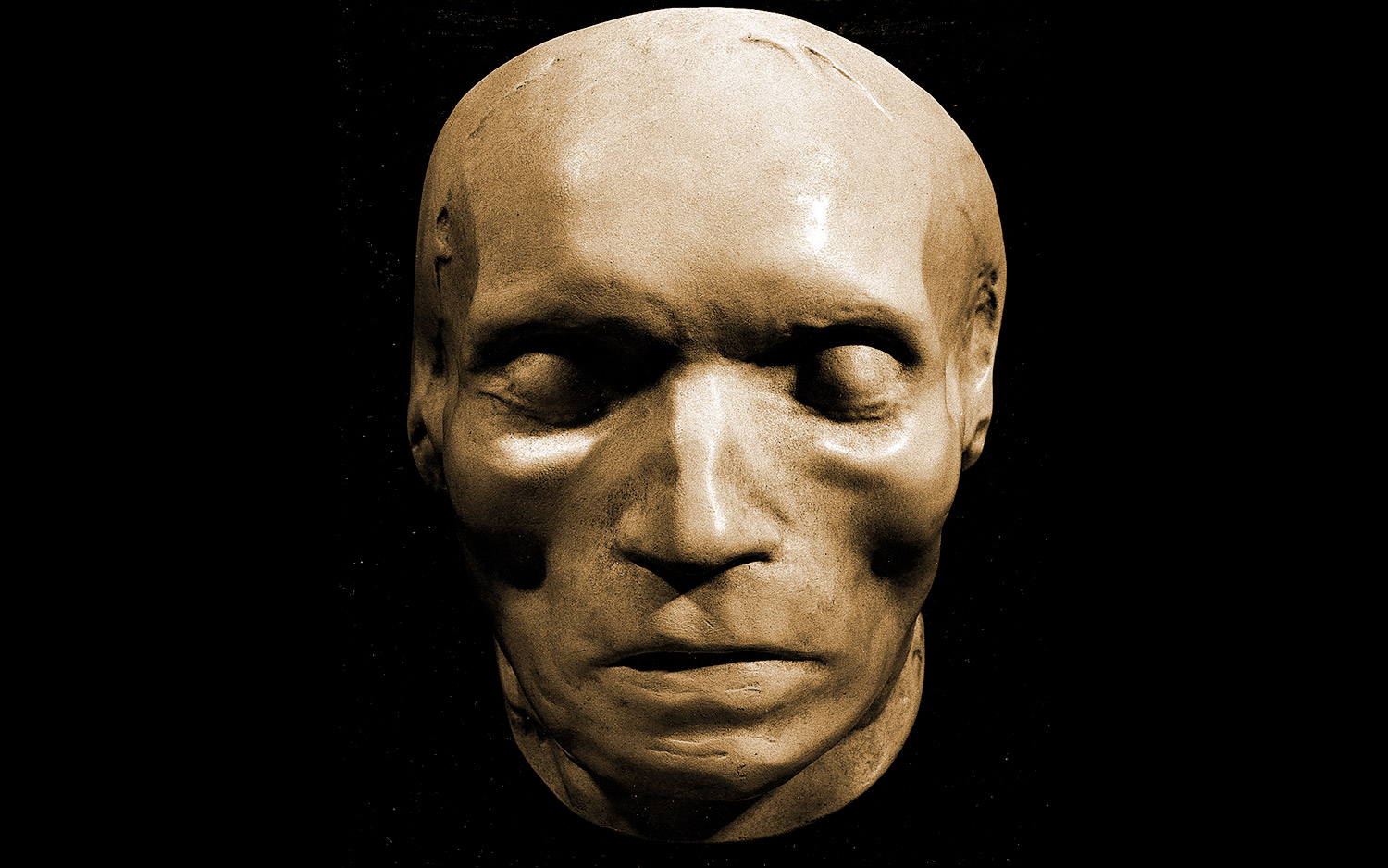
Whatever happened to Albert Einstein's brain? Or Louis XIV's heart? These body parts, and countless other pieces of famous dead people, are not buried in places you'd expect. And in some cases, they weren't buried at all, but ended up on somebody's dinner plate (sorry, Louis XIV) or in a museum (our bad, Einstein).
Read on to learn what happened to the body parts of famous folk — including German composer Ludwig van Beethoven (his death mask is shown here) — according to the book, "They Lost Their Heads!: What Happened to Washington's Teeth, Einstein's Brain, and Other Famous Body Parts" (Bloomsbury Children's Books, 2018), by Carlyn Beccia.
Lenin
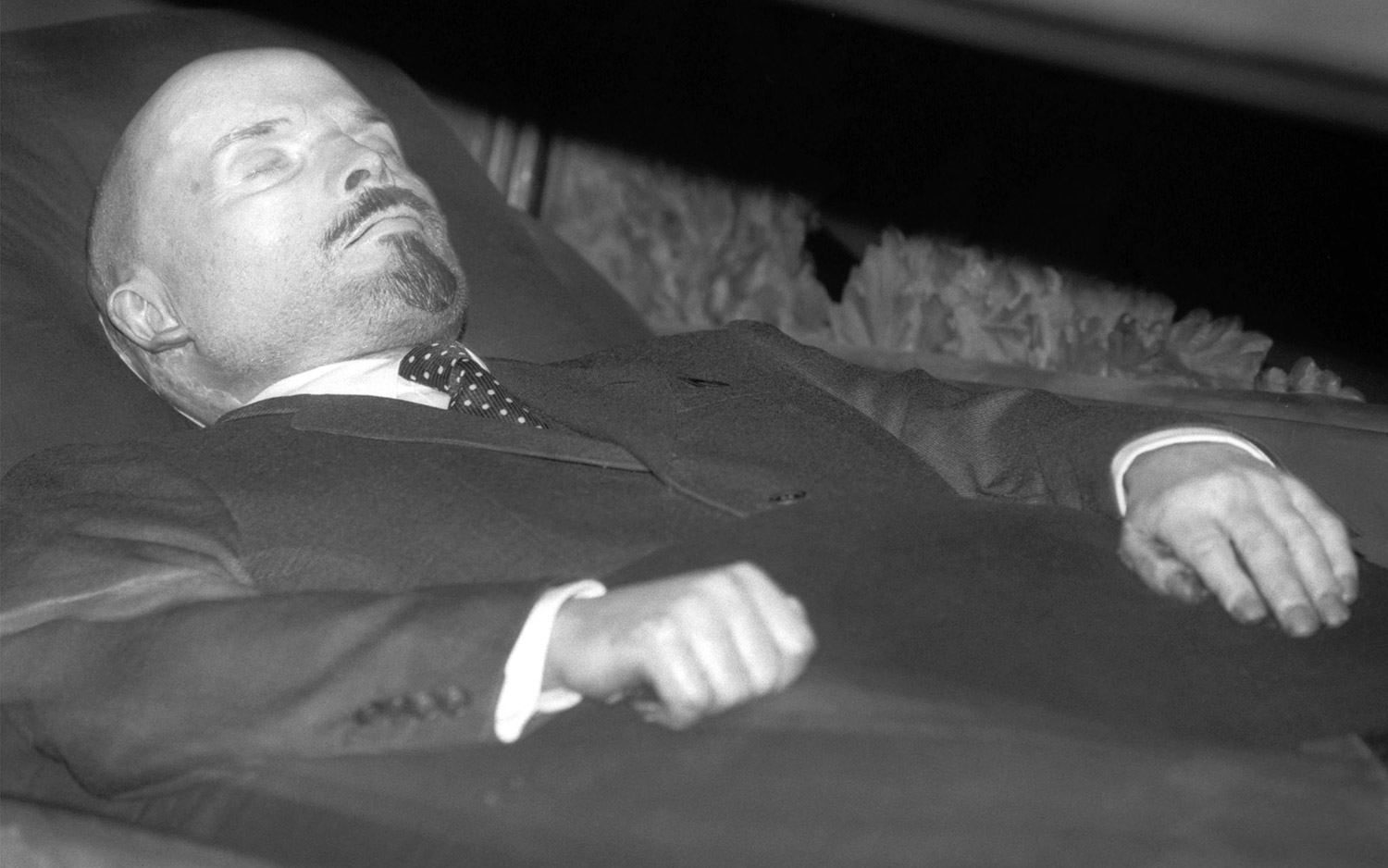
The body of communist revolutionary Vladimir Lenin (1870-1924) was never buried. Rather, it was embalmed and put on display in a sarcophagus in the middle of Moscow's Red Square. To keep Lenin looking fresh, his body is kept at 61 degrees Fahrenheit (16 degrees Celsius) and given weekly bleach baths.
Evita

The Argentine actress and former first lady Eva Perón (1919-1952) didn't get an immediate burial. After her death, she was embalmed (just like Lenin) and put on display for mourners before being shipped off to Rome for burial, The New York Times reported. A few years later, the body of Evita, as people called her, was exhumed and eventually returned to Buenos Aires, where she was buried in the Recoleta cemetery.
But she wasn't buried immediately. For a while, her husband, Juan Perón, an army general and three-time leader of Argentina, kept his wife's corpse in the dining room where he ate, Beccia wrote.
Galileo
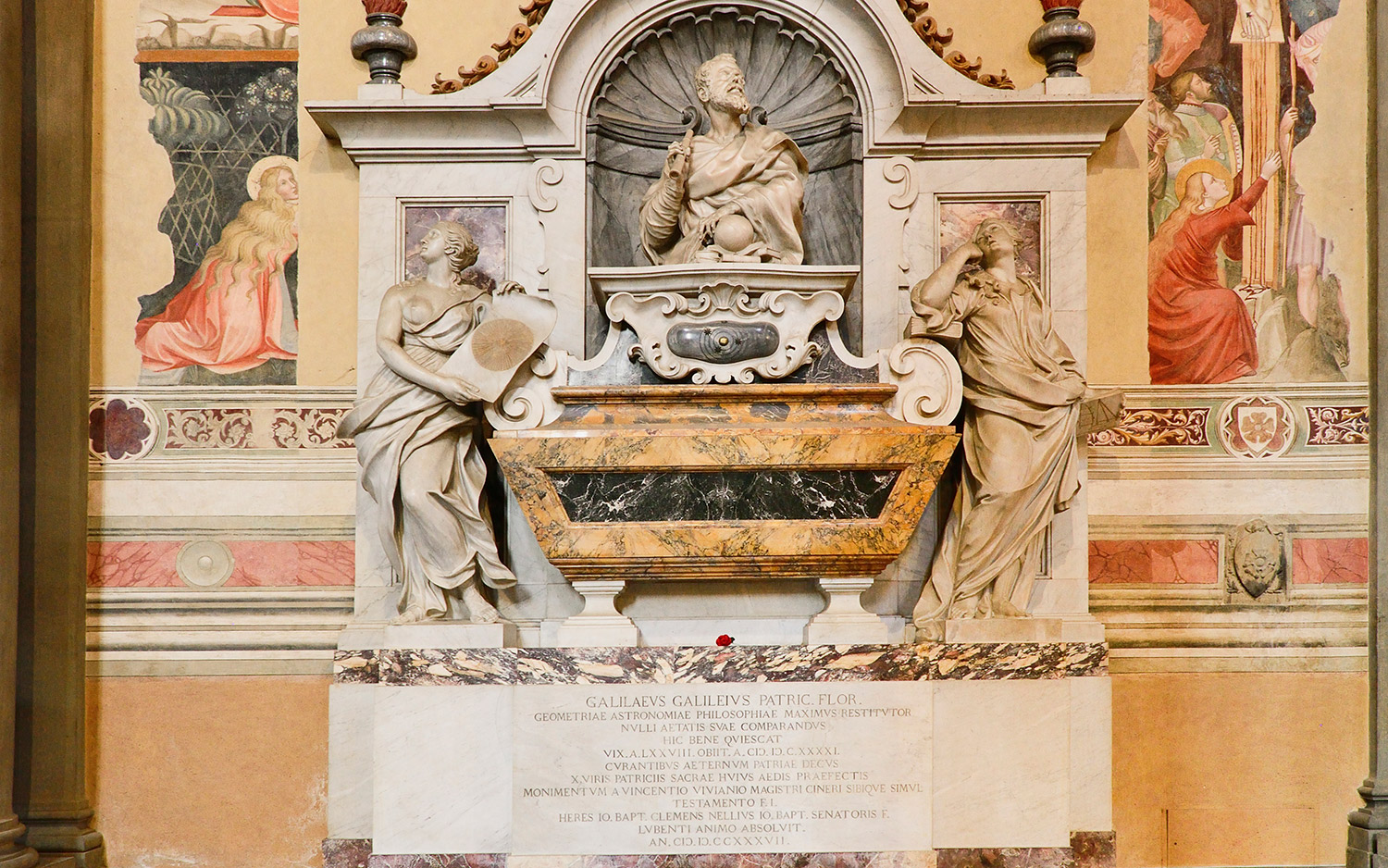
The Italian astronomer Galileo Galilei (1564-1642) isn't buried with all of his bones. After he famously defied the Catholic Church by saying that the planets revolved around the sun, not the Earth, Galileo was put on trial and promptly recanted his views to avoid torture.
When Galileo died, his body was unceremoniously dumped in the back of the Santa Croce chapel in Florence. But in 1737, the church had a change of heart, and had him reburied in the chapel itself (the photo above shows his fab tomb). During the exhumation, three workers couldn't resist stealing a few pieces from Galileo's skeleton, Beccia wrote.
These bones were passed down through the generations, until they were auctioned off in 2009. Now, Galileo's molar, thumb and finger are on display at the Museo Galileo in Florence, where his middle finger is eternally pointed toward the heavens.
Louis XIV
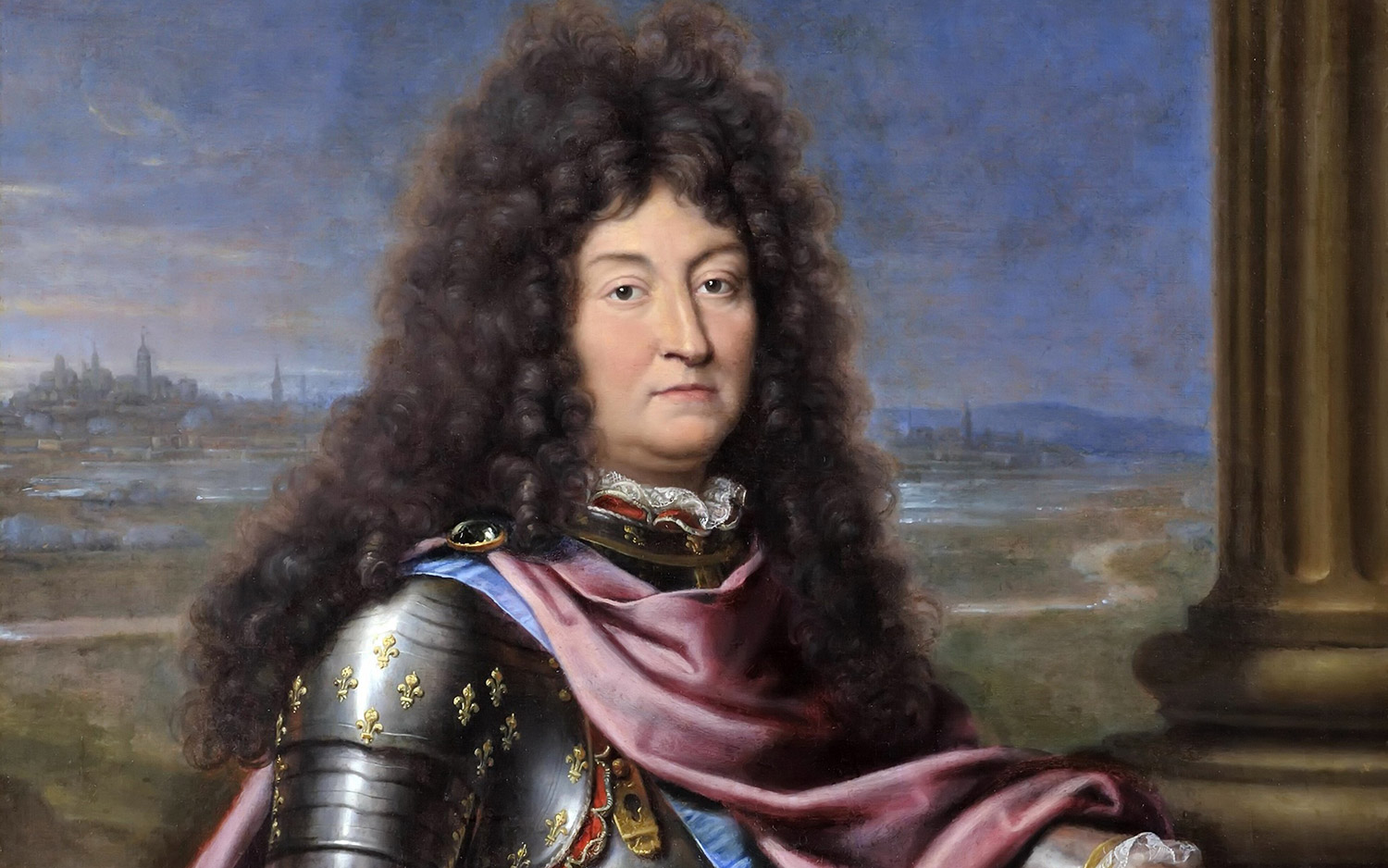
When the Sun King Louis XIV died, his heart was removed from his body and embalmed, so it could lie next to the heart of his father, King Louis XIII. But it didn't stay there for long; the English nobleman Lord Harcourt was such a fan, that he acquired the heart and placed it in a silver casket, which he occasionally showed to guests.
One of these guests was the British theologian William Buckland, who famously described and named the first-known dinosaur Megalosaurus. (Buckland didn't, however, know it was a dinosaur. He thought it was a giant lizard). Buckland had made it his life's mission to taste every animal he could, so when Harcourt showed him the embalmed heart of Louis XIV, Buckland went right ahead and gobbled it up.
"William Buckland died shortly after eating Louis XIV's heart and was buried in St. Nicholas's churchyard in Oxfordshire, England," Beccia wrote. "Louis XIV is buried in the Saint-Denis basilica, minus his heart."
Haydn
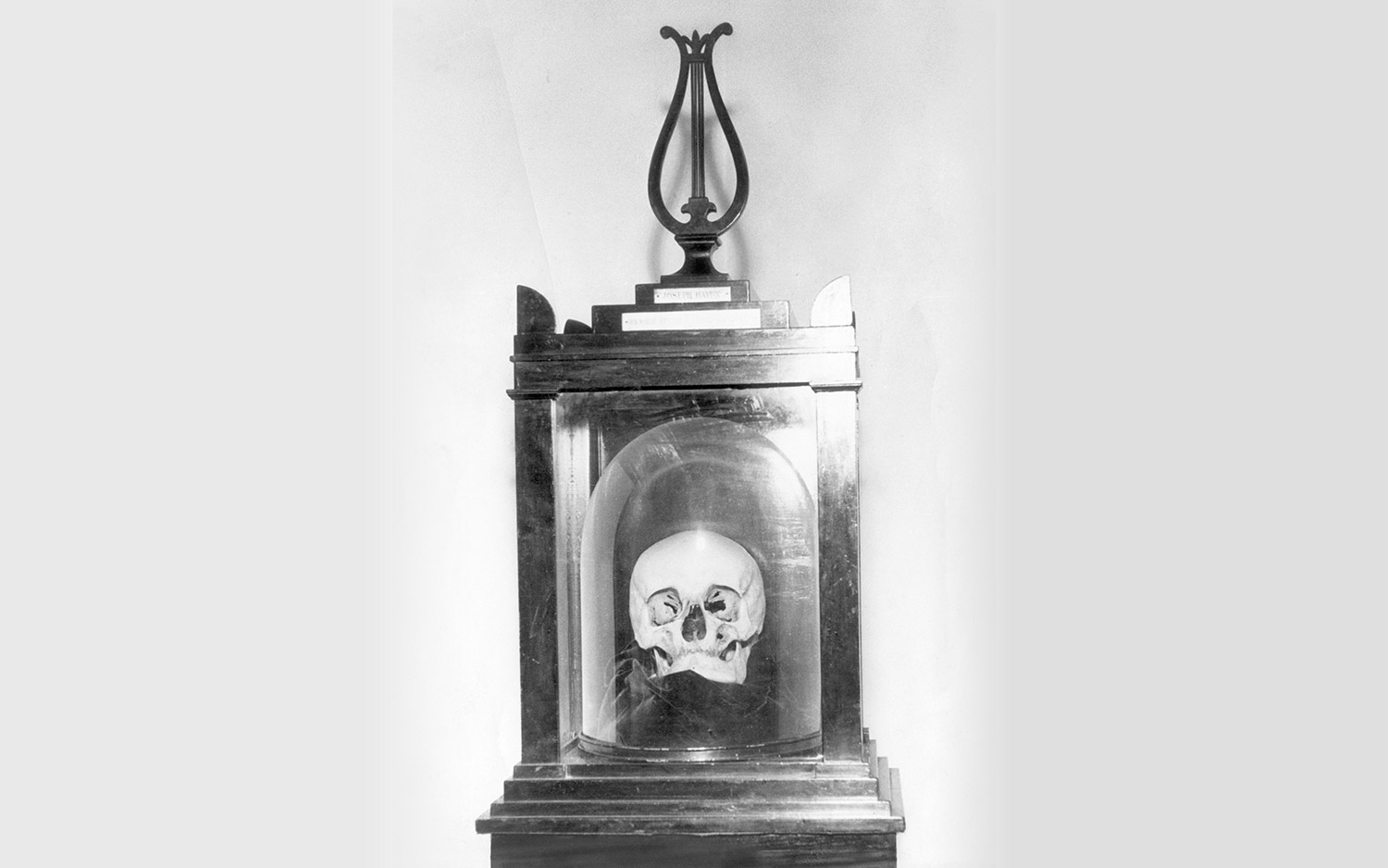
The Austrian composer Franz Joseph Haydn literally lost his head when two crooks dug up his grave and stole his skull in 1809, just eight days after his death. One of the robbers, Joseph Rosenbaum, wanted to study the musician's head for phrenology, a hot new brain "science" that involved looking at the bumps on people's heads to learn about their personalities. (For the record, phrenology is largely nonsense.)
Rosenbaum gave the skull to phrenologists at Vienna General Hospital, where it was boiled, bleached and scraped so doctors could see the "bump of music" on his temple. Then, Rosenbaum took the skull home, where he put it in a display case. But authorities got wind of Rosenbaum's theft and paid him a visit. Rosenbaum wasn't about to part with Haydn's head, though, so he lied and gave them another skull, which was buried in Haydn's grave.
Rosenbaum confessed on his death bed, only to have his doctor swipe the skull and sell it to an Austrian professor. This professor bequeathed it to the Natural History Museum of Vienna, which was sued by the Society of the Friends of Music, who said Rosenbaum had willed it to them. Finally, in 1954, the society agreed to rebury the skull, but didn't have the heart to remove the unidentified skull that Rosenbaum had fibbed about a century earlier. So now, Haydn is buried with two skulls: his own and a stranger's, Beccia wrote.
Beethoven
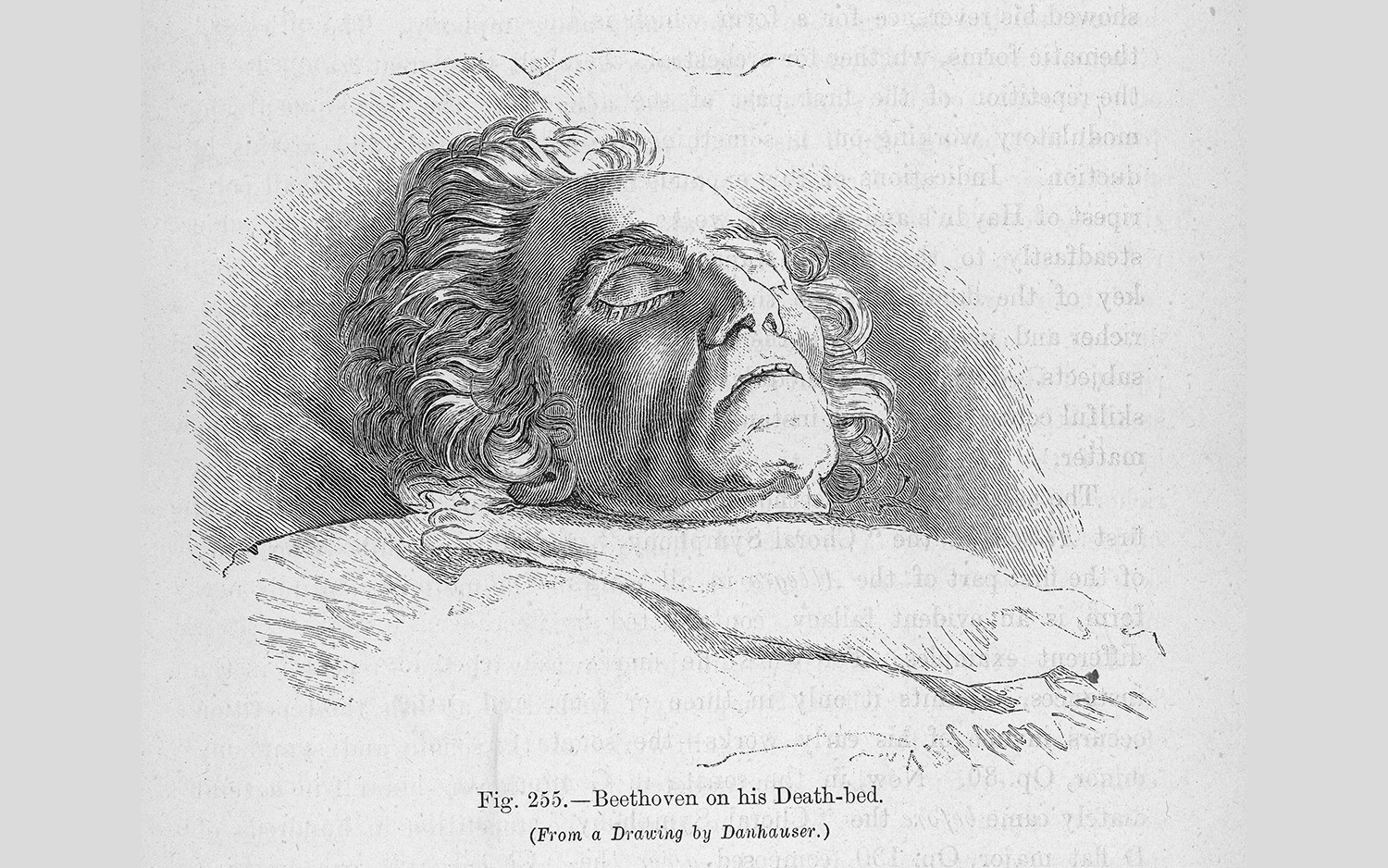
The famously deaf Ludwig van Beethoven (1770-1827) composed some of the world's greatest music, but he was plagued by bad health (terrible stomach aches, eye infections and kidney stones) and mood swings, Beccia wrote. And now, we may know why.
Just before the German composer died, a teenager named Ferdinand Hiller got a lock of his hair. The lock of hair was passed down until 1994, when it was auctioned off and studied … and found to contain A LOT of lead. It had 42 times the amount of lead found in typical hair, Beccia wrote. Lead is toxic and can cause abdominal pains, mood swings and even hearing loss.
The lock of hair is now at the Library of Congress, in Washington, D.C.
Mozart
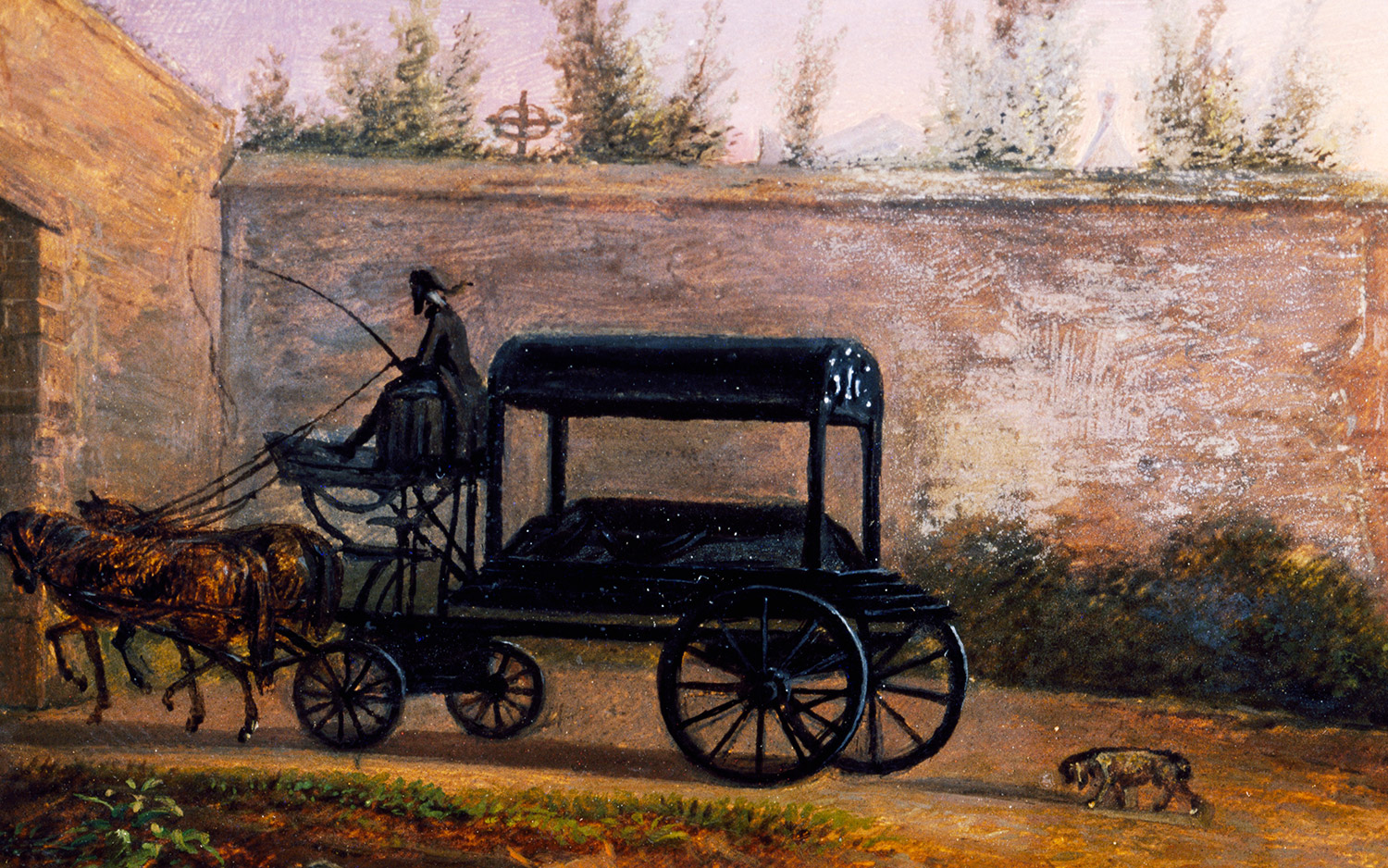
When Wolfgang Amadeus Mozart died in 1791, his body was dumped in a corpse-filled pit. (The above illustration shows Mozart's funeral.) But an admirer took action, wrapping a piece of wire around the composure's neck so that Mozart could be identified later.
That chance came in 1801, when the graveyard was cleared. The admirer plucked Mozart's skull out of the grave, and it was passed it down until 2006, when scientists did tests to compare the skull's DNA with DNA from Mozart's grandmother and niece.
"Not only did the skull's DNA not match Mozart's DNA, but the grandmother and niece also did not match each other," Beccia wrote. "This means that Mozart's relatives have some explaining to do."
Goya
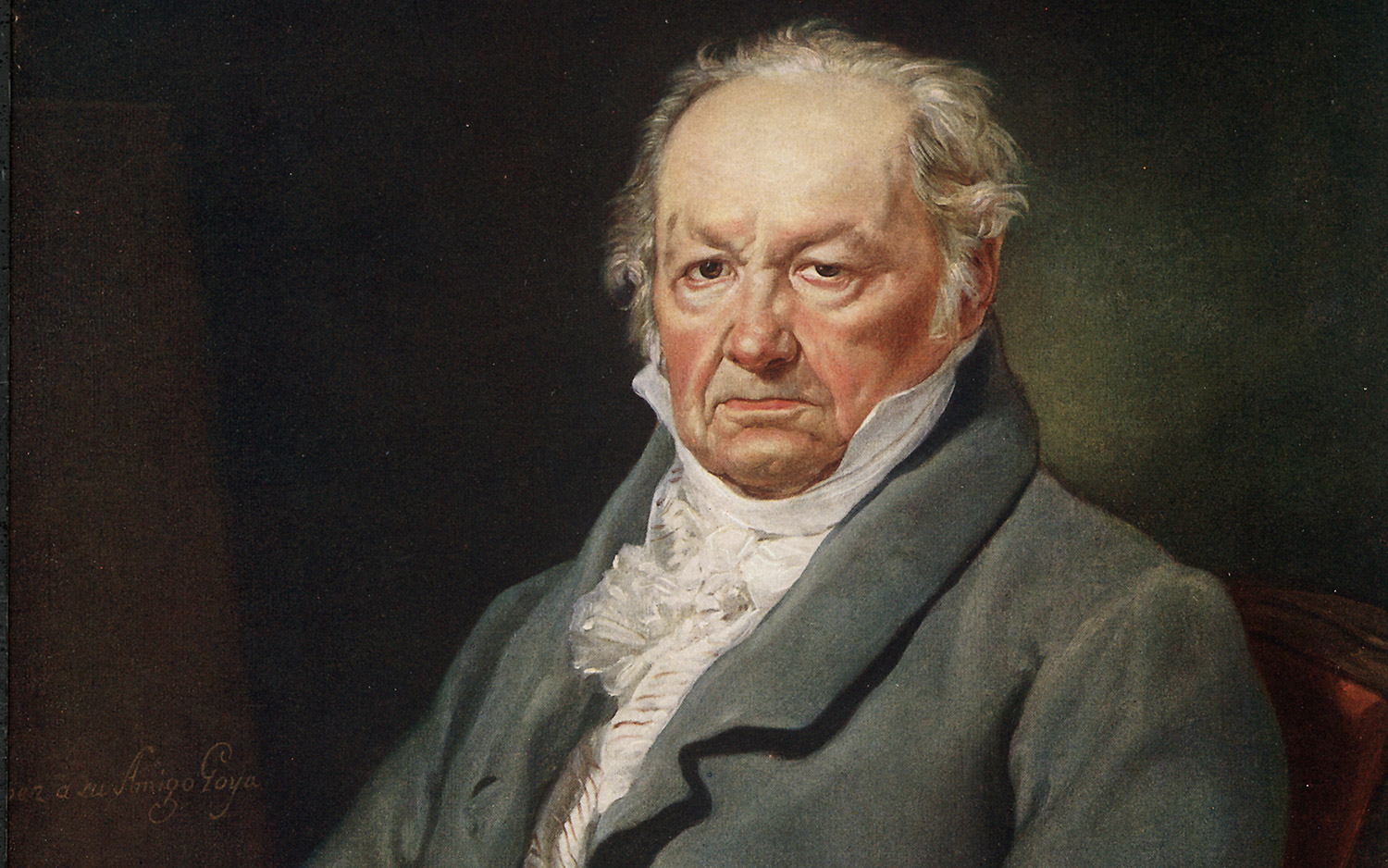
The Spanish artist Francisco Goya (1746-1828) is missing his head. Goya died and was buried in Bordeaux, France, but the Spanish government received permission to relocate his body to his native Spain in 1901. But instead of one body, they found two skeletons and one skull.
Scientists concluded that the skull belonged to the other body, whose identity is still unknown, Beccia wrote. As for Goya, his headless remains were given a plush burial at the Chapel of St. Anthony of Florida in Madrid. It's anyone's guess where his skull resides.
Einstein
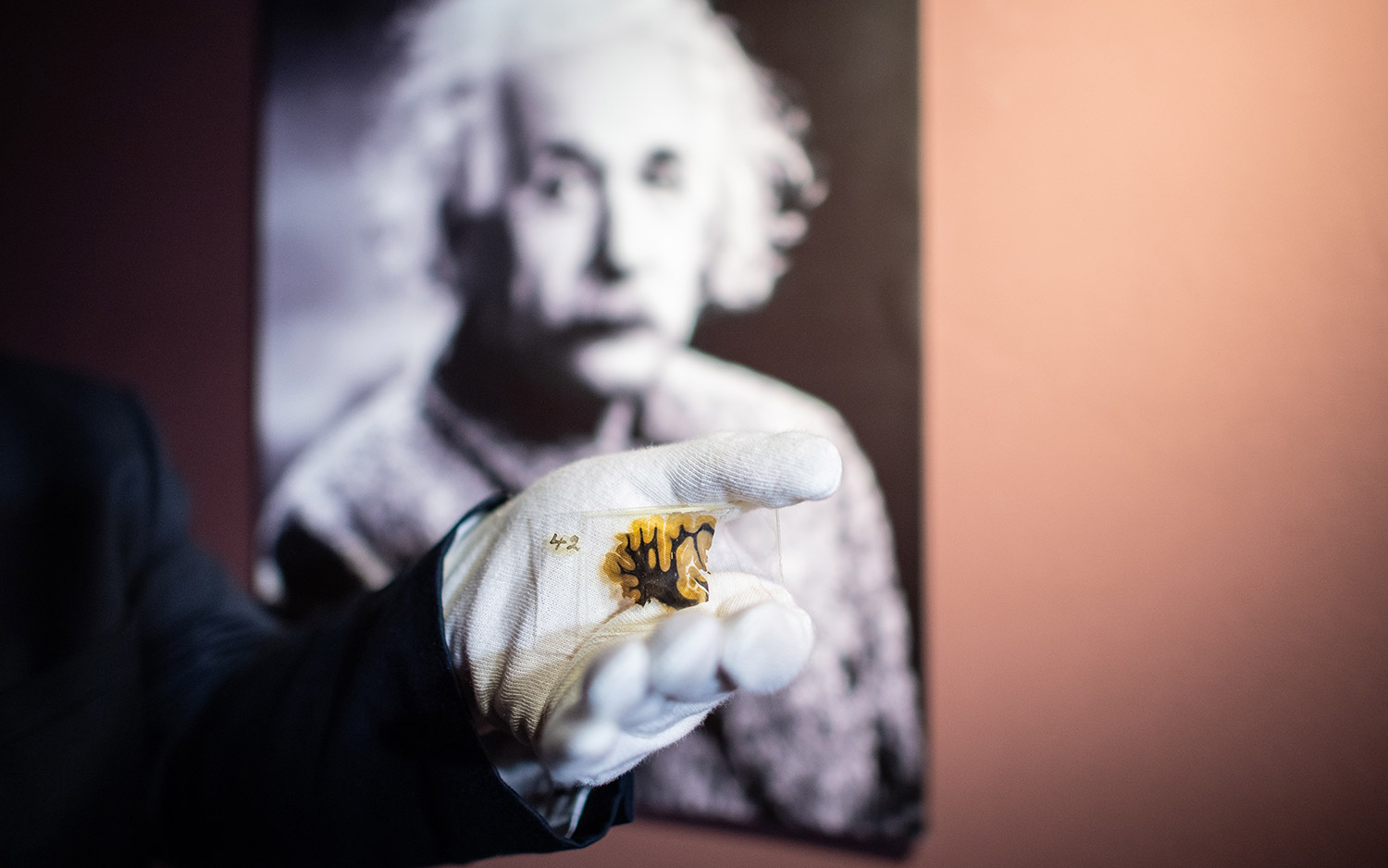
Before he died, Albert Einstein told his biographer "I want to be cremated so people don't come to worship my bones." Alas, his wishes were not completely followed.
After Einstein died of a ruptured abdominal aneurysm in 1955, his ashes were scattered at a secret location along the Delaware River. But several organs were not cremated, including Einstein's brain, which was stolen by the pathologist Dr. Thomas Harvey.
Harvey studied Einstein's brain and even had it painted by an artist, Beccia wrote. Then, Harvey chopped up the brain, stored the pieces in mason jars and stashed them in a beer cooler. Later, a 2011 study found that Einstein had a huge corpus callosum, the fibers that connect the right to the left brain. The public can catch a glimpse of this famous brain nowadays at the National Museum of Health and Medicine in Silver Spring, Maryland, and at the Mütter Museum in Philadelphia. The above photo shows a microscopic section of Einstein's brain tissue.
Riveria
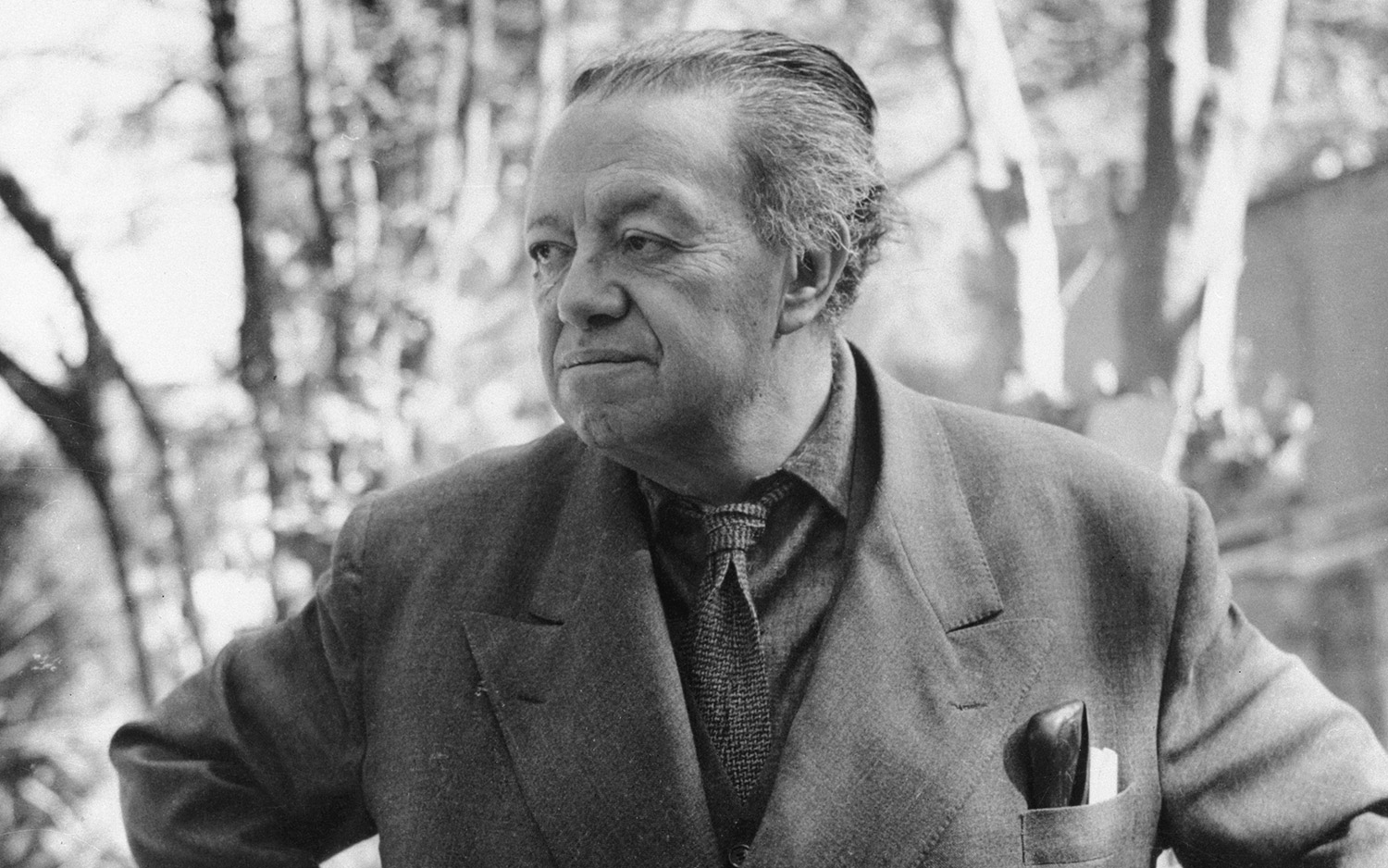
As a bonus, Diego Rivera — whose body parts are all accounted for — did some pretty horrifying stuff to other's bodies. The Mexican muralist had a thing for fresh cadavers, especially when it came to lunch. As part of a cannibalistic experiment, he snacked on the newly dead.
"Best of all, however, I relished women's brains in vinaigrette," he wrote in his book "My Art, My Life: An Autobiography."
Sign up for the Live Science daily newsletter now
Get the world’s most fascinating discoveries delivered straight to your inbox.

Laura is the archaeology and Life's Little Mysteries editor at Live Science. She also reports on general science, including paleontology. Her work has appeared in The New York Times, Scholastic, Popular Science and Spectrum, a site on autism research. She has won multiple awards from the Society of Professional Journalists and the Washington Newspaper Publishers Association for her reporting at a weekly newspaper near Seattle. Laura holds a bachelor's degree in English literature and psychology from Washington University in St. Louis and a master's degree in science writing from NYU.










